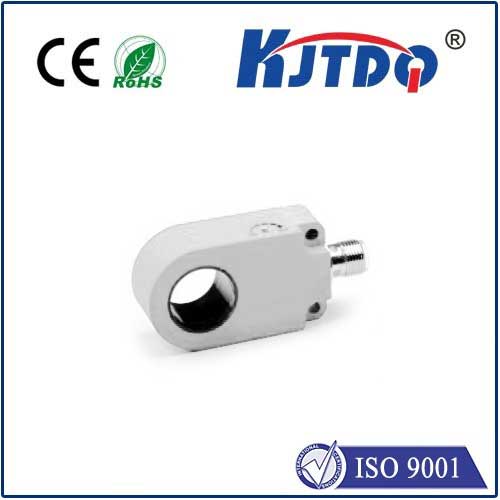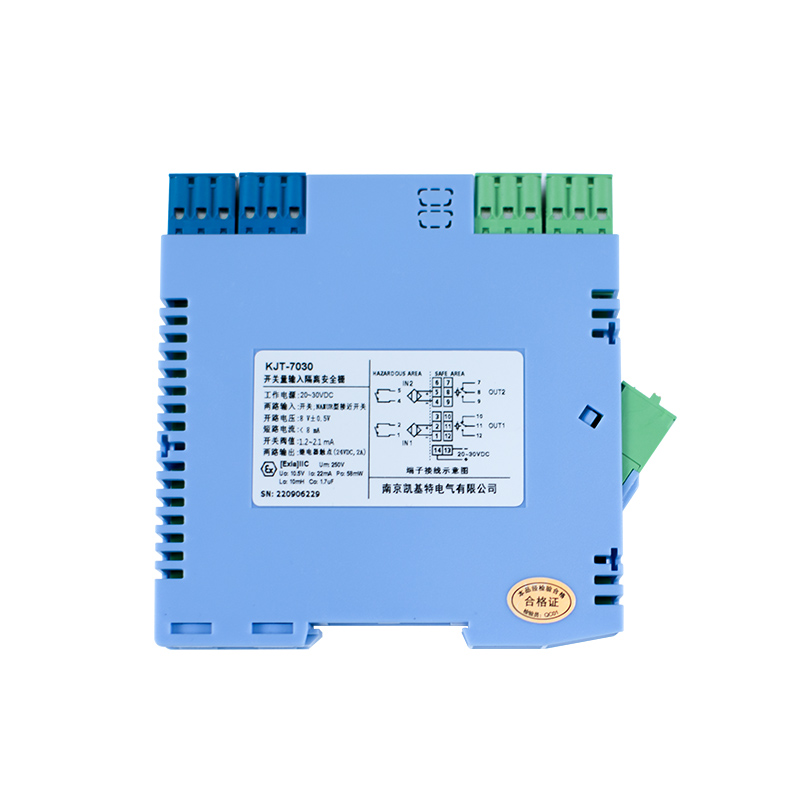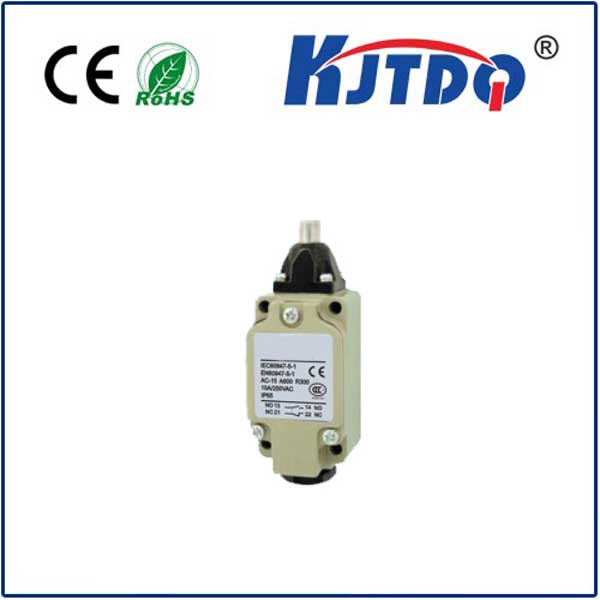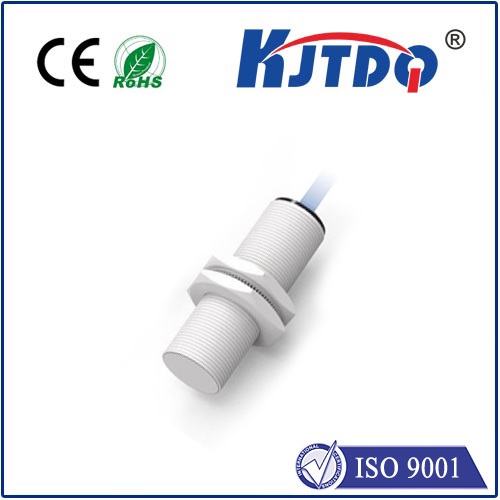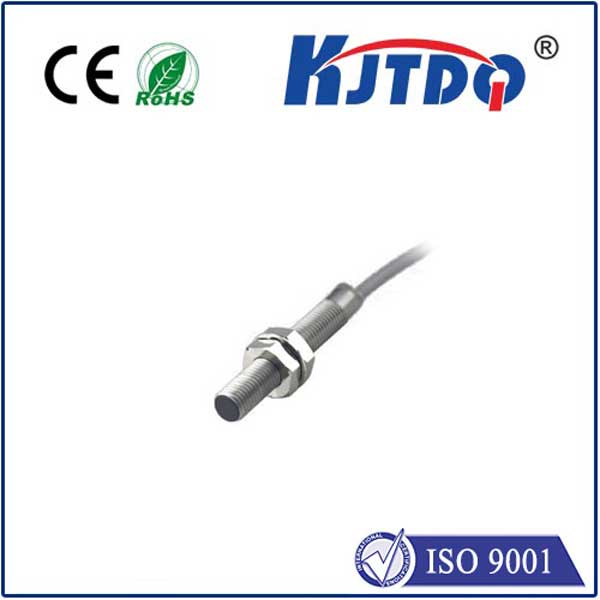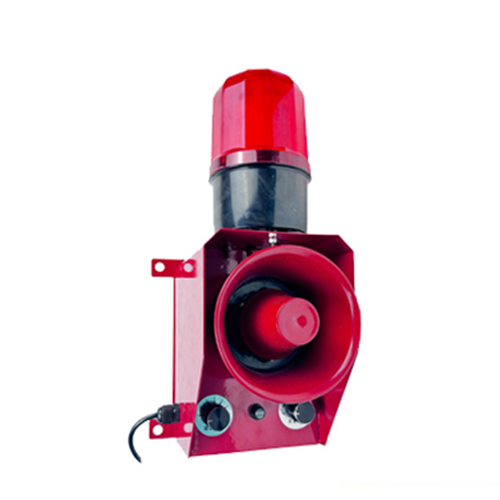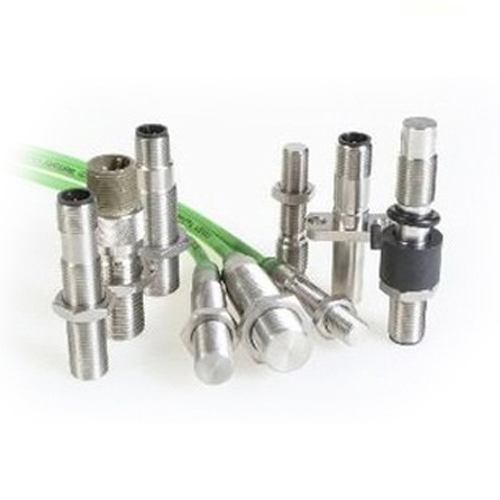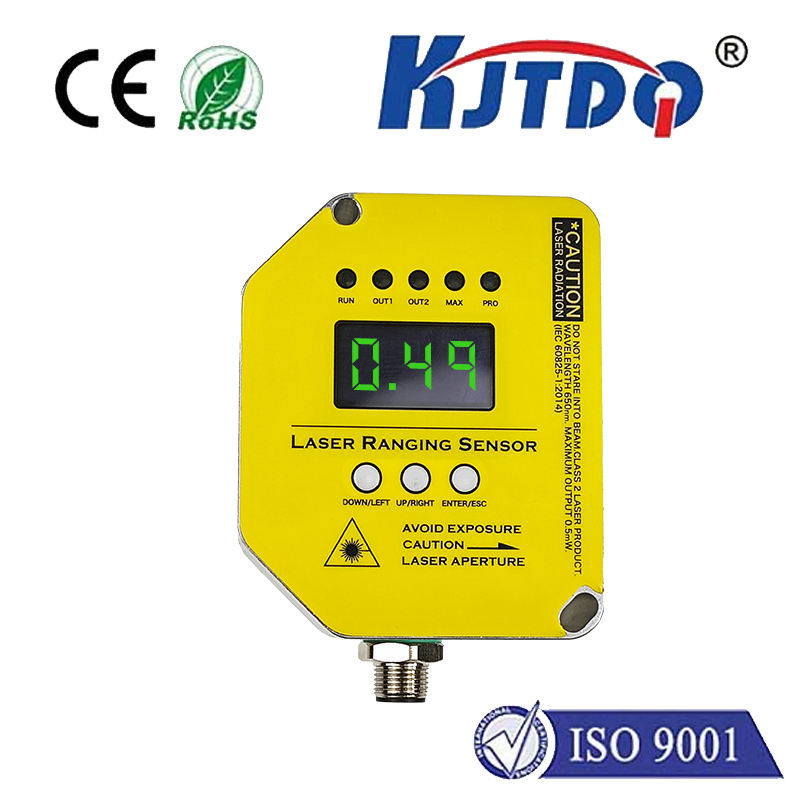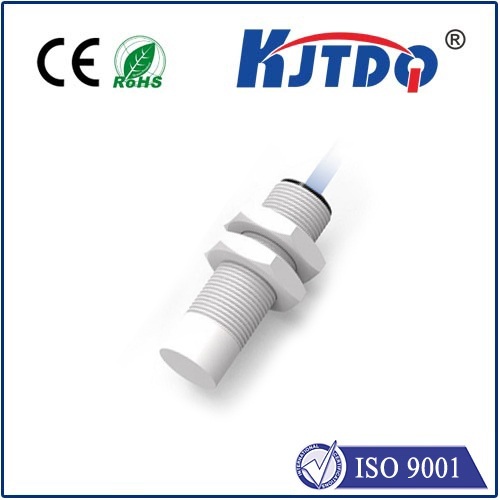nc sensor
- time:2025-08-21 00:59:49
- Click:0
Beyond the Circuit: Why the Unassuming NC Sensor is Your Silent Safety Guardian
Imagine a critical machine that must stop immediately if a safety gate is opened. Or a fire alarm system that must activate if smoke is detected. The technology ensuring this failsafe operation isn’t always flashy, but it’s profoundly reliable: the normally closed (NC) sensor. Often overlooked in discussions of high-tech sensing, the humble NC sensor provides a fundamental layer of safety and reliability across countless industries, functioning precisely because of its “closed” default state.
Decoding the “Normally Closed” Principle
At its core, an NC sensor describes the resting state of its electrical contacts. In a normally closed configuration:
- Resting State (No Trigger): The circuit is closed. Electrical current flows freely through the sensor’s contacts.
- Activated State (Triggered): When the sensor detects its target (like a door opening, an object present, excessive heat, pressure loss, etc.), the contacts open. This breaks the circuit, stopping the current flow.
This behavior is the opposite of a normally open (NO) sensor, where the circuit is open at rest and closes upon activation. The choice between NC and NO isn’t arbitrary; it’s dictated by the critical need for fail-safe operation.

The Power of Fail-Safe: Why Closed is Often Safer
The inherent design of NC sensors makes them ideal for safety-critical applications. Here’s why:
- Wiring Fault Detection: If a wire connected to an NC sensor breaks or becomes disconnected, the circuit opens. This mimics the sensor’s activated state, immediately signaling a fault or triggering a safety shutdown. It proactively detects failures in the sensing system itself. This is a crucial fail-safe feature.
- Power Loss Safety: Similar to a wiring fault, if power to the sensor or control system is lost, an NC sensor circuit will typically open (as maintaining the closed state often requires power). This loss of signal can be interpreted as a fault condition, prompting a safe shutdown.
- Intuitive Safety Logic: For functions like emergency stops (E-stops) or safety gate interlocks, the requirement is often “stop when activated.” An NC contact used in such a button or switch inherently provides this: pressing the button opens the circuit, signaling the stop command. If the button malfunctions internally (e.g., contact welding), the circuit might remain closed, but this is less common than wiring breaks, and robust systems often have redundancies.
Where NC Sensors Shine: Critical Applications
The unique advantages of the normally closed sensor make them indispensable in numerous scenarios:
- Safety Interlocks: Machinery guards, access gates on robots or presses, elevator doors. An NC limit switch or proximity sensor confirms the guard is securely closed (circuit closed = safe to operate). Opening the guard breaks the circuit, instantly stopping hazardous motion.
- Emergency Stop Circuits: E-stop buttons universally utilize NC contacts. Pressing the button opens the circuit, sending a stop signal. Crucially, a cut wire also opens the circuit, triggering the emergency stop – the fail-safe principle in action.
- Alarm Systems: Fire and smoke detectors (heat or photoelectric sensors) and security intrusion sensors (door/window contacts, glass break detectors) often use NC configurations. A detected fire opens the circuit to sound the alarm. Critically, if the sensor loses power or a wire is cut (opens the circuit), the alarm will also sound, indicating a fault or potential attack (like cutting the wire to disable the sensor).
- Process Safety Monitoring: Monitoring for abnormal conditions like loss of coolant flow (detected by an NC flow switch opening), excessive pressure drop, or critical temperature limits being exceeded. The NC sensor provides a clear signal when something vital stops functioning correctly.
- Position Verification: Confirming components are in a safe “home” or retracted position using NC limit switches before allowing other processes to start. Absence in the safe position opens the circuit and prevents operation.
NC vs. NO: Choosing the Right Tool
While NC sensors are vital for safety, normally open (NO) sensors have their place, often for “presence detection” in non-safety applications. For instance, detecting a part on an assembly line to start a process – the sensor closing its contacts signals “part present.”
Key Considerations:
- Safety First: Always default to NC for functions where an undetected failure could lead to unsafe operation. Fail-safe operation is non-negotiable.
- System Logic: Design the control system logic to correctly interpret the NC signal. An open circuit from an NC sensor should always initiate the safety response (stop, alarm, lockout).
- Redundancy: In highly critical systems (like SIL-rated machinery), multiple NC sensors configured redundantly (e.g., dual-channel) provide enhanced safety, ensuring operation only if both channels read “safe” (circuit closed).
The Unseen Backbone of Safety
The NC sensor operates on a beautifully simple yet profoundly effective principle. Its defining characteristic – being normally closed – is the bedrock of its reliability in fault detection and fail-safe operation. From preventing catastrophic industrial accidents to ensuring your elevator door doesn’t close on you, these sensors, often unnoticed, act as vigilant silent guardians. Understanding the core function and critical advantages of the normally closed configuration is essential for engineers, technicians, and designers tasked with building safe and dependable systems. In a world increasingly reliant on automation and complex machinery, the fundamental assurance provided by NC sensors remains as relevant and vital as ever.






